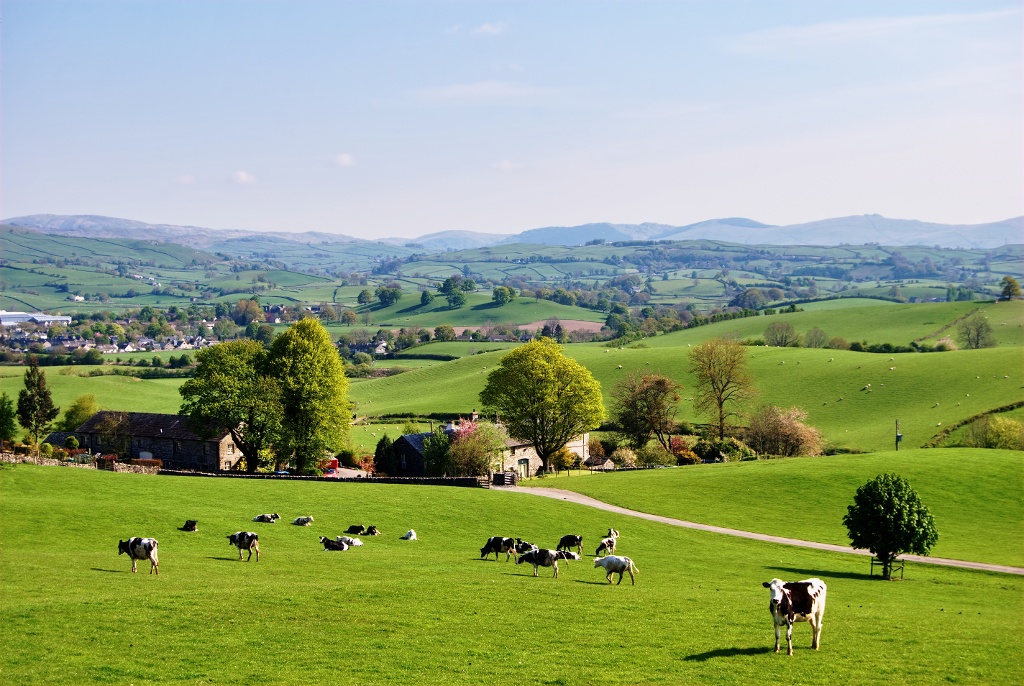Farming Life: The Changing Value of an Acre
6th February 2020

GARY BEST MRICS, MD and Director of Land Services, Best Property Services
While I was carrying out a recent land valuation on behalf of a client for Capital Gains Tax purposes, I spent some time reviewing a list of land sales dating back to 1986 to make a comparison with a similar holding.
As I browsed the paper file, memories of buyers of particular sales were evoked and it made me wonder, ‘how good an investment was that ?’.
Land values have risen obviously over some 30 years.
When you consider that top quality farmland in County Down & Armagh in 2019 was fetching up to £15,000/acre, against a value of £2,300 per acre some 33 years previously, 650% shows a healthy gain.
Applying a simple capital appreciation view, at an average increase in value each year of approximately £420, the earlier years would have shown a return on investment in year 1 of 18%, reducing to as low as 3% by year 29, which is still a higher percentage than the lowly conacre rent of less than 1 %.
While this does not factor in the impact of any bank borrowing to acquire land - even applying the same simple criteria to lesser quality land (where values would have risen from around £1,500/acre, 33 years ago to a current figure of around £11,500/acre in 2019 it shows an increase of £315 per acre. Confirming that farmland as a long term investment has its merits.
Add to this the benefits of:
Protection against inheritance tax;
A secure asset to borrow against;
Which when combined help to de-mystify (to those outside agricultural circles) the strong desire within Northern Ireland for acquiring farmland.
Another observation I made that in addition to the changing values, there was a significant change in buyer profile over the 3 decades I reviewed.
In the late 80s our records show that around 80% of farmland buyers classified themselves as ‘full time’ farmers - in recent years that figure is closer to 35%, with the majority of farmland now currently being acquired (some 65%) by purchasers whose primary source of income is cited as ‘non-farming’.
Undoubtedly, during the past 33 years a lot of smaller non-viable land holdings have ceased production and been acquired by larger landowners demonstrating ‘survival of the fittest’ trend.
The rising interest in renewable energy and the arrival of Anaerobic Digestion (AD) plants during the past 10 years has also had an influence on demand for acquiring land from the large landowners and businesses to be able to fuel the AD plant.
Another thing which struck me while reviewing the notes was the reappearance of family names – as the next generation acquired farm land.
In one instance a farmer in 1987, bought 24 ½ acres at £1,490/acre and his son in 2016 acquired prime farmland nearby at approx. £16,000/acre.
Whilst the family would be in the non-farmer category of buyer, I think they could certainly vouch that the acres acquired back in the eighties and nineties was money well invested.
Email: garry@bestpropertyservices.com
ABOUT THE AUTHOR: Director, Garry joined Best Property Services in 1980 - a fourth generation family business which has evolved over 130 years, to provide a comprehensive range of expertise across a full range of property services.
Garry is primarily involved in the Land Division Comprising Valuation, Sale, Acquisition, Letting, and Negotiating Compensation etc. Garry has significant expertise in asset disposal and bank negotiations.
Garry is a Member of Royal Institute of Chartered Surveyors, The Institute of Directors, NI Rural Valuers & Auctioneers and The Central Association of Agricultural Valuers.
